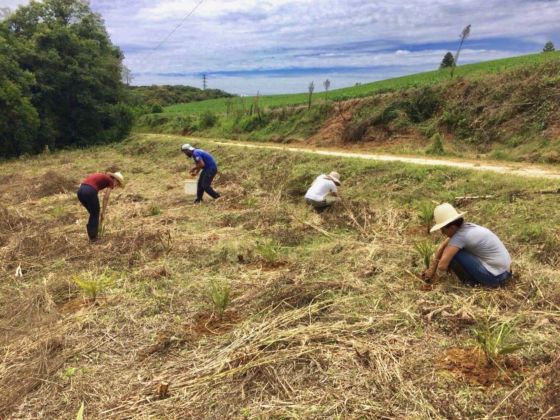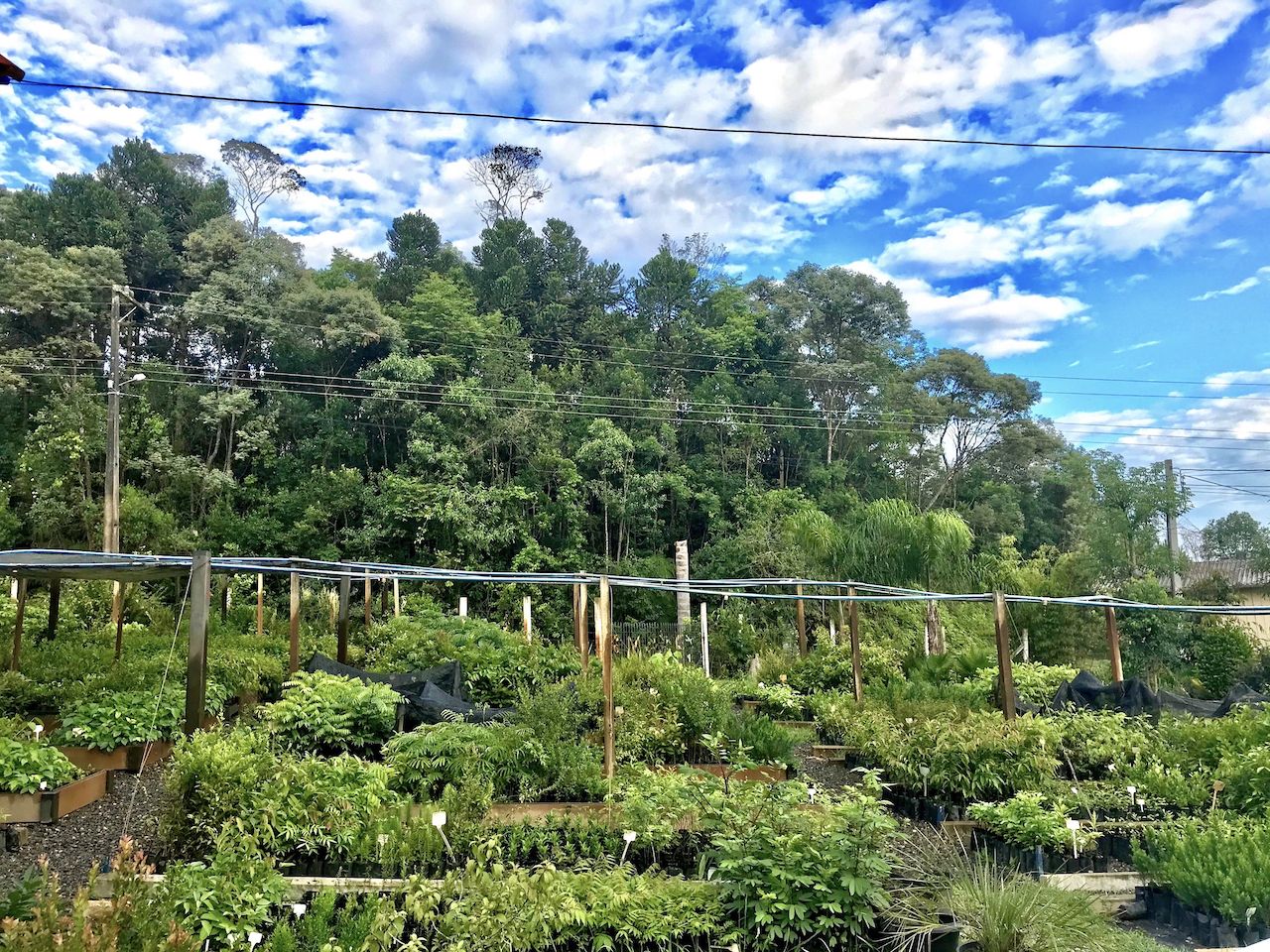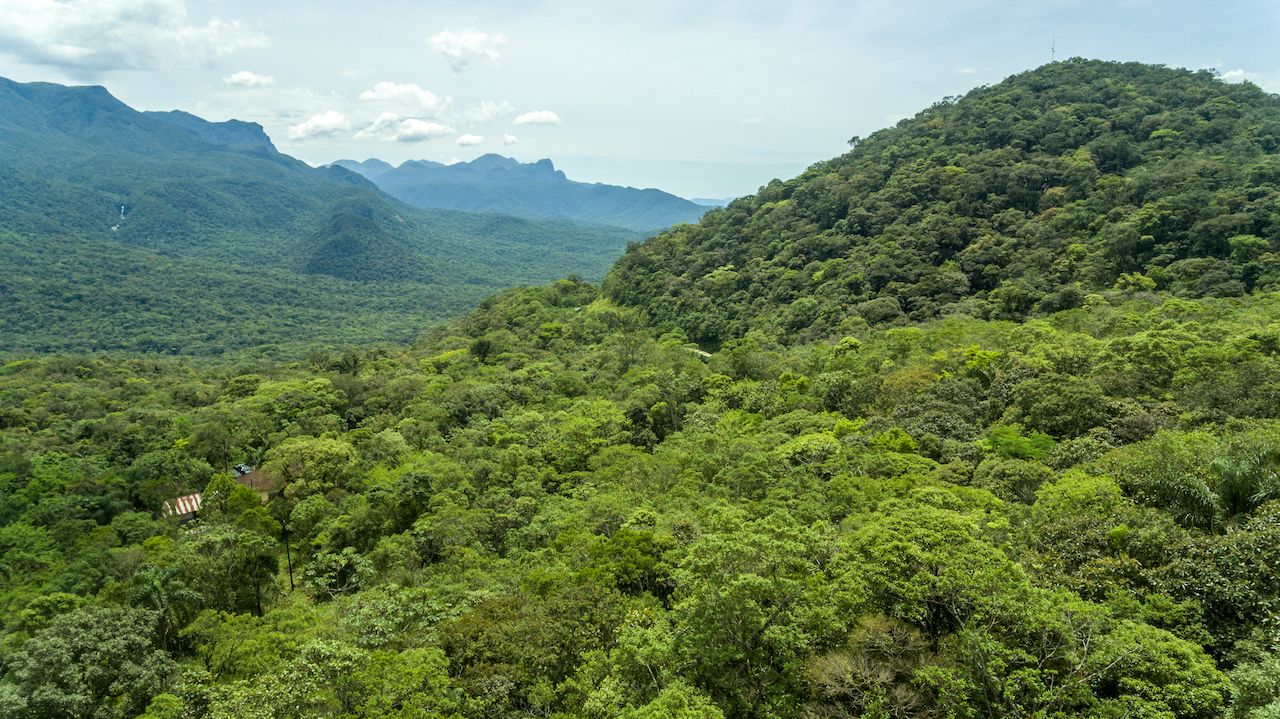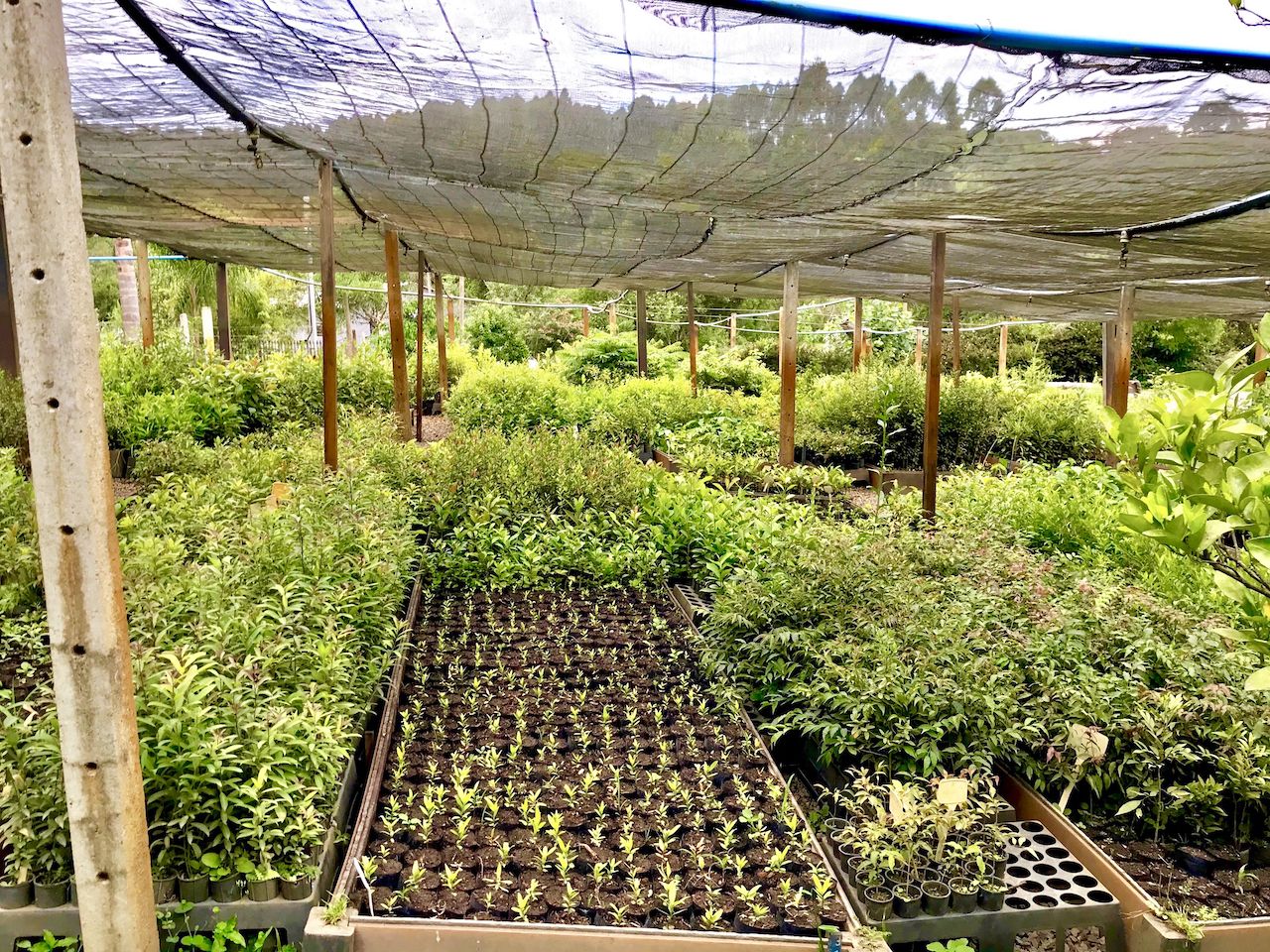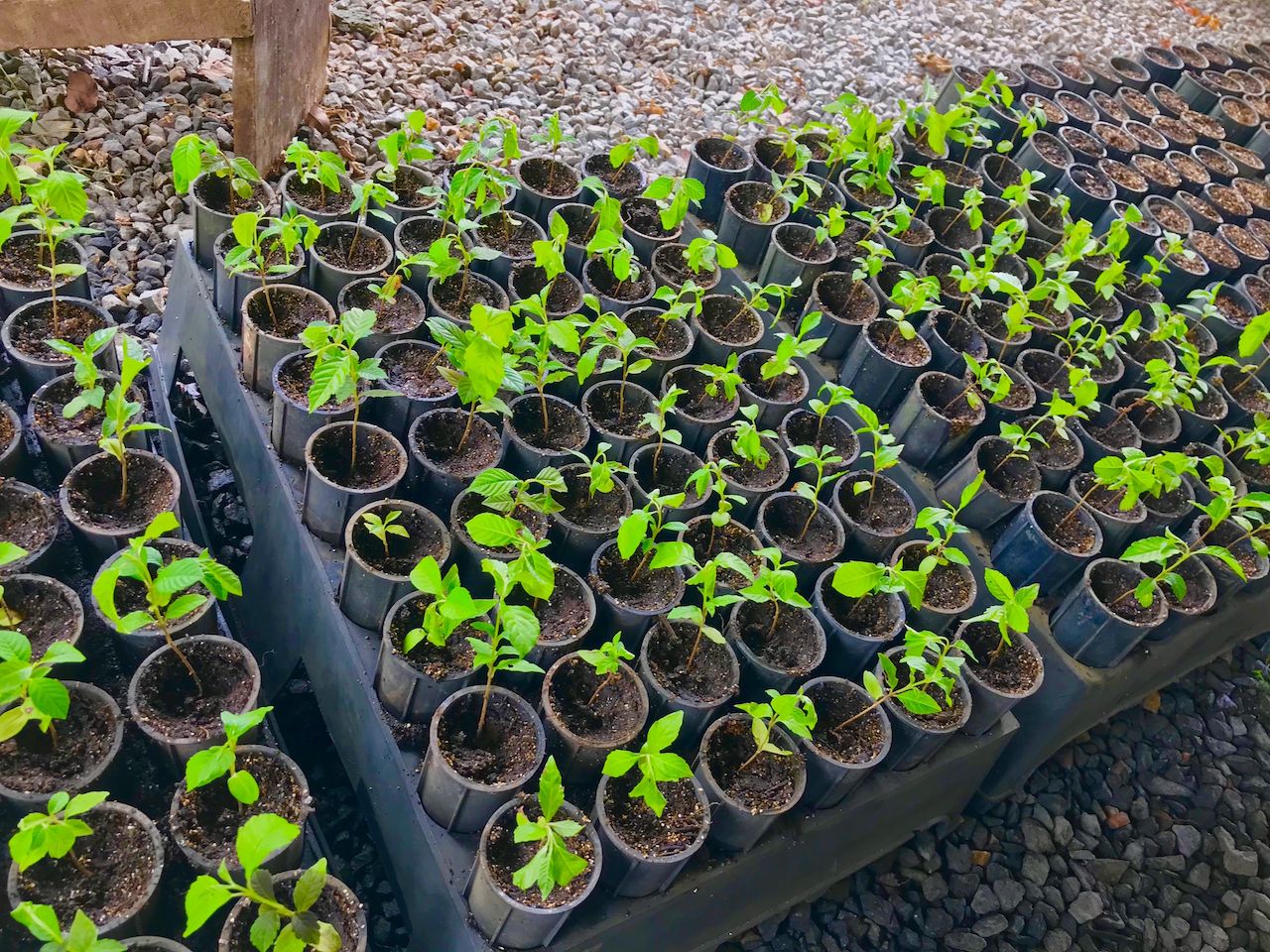On the 50th anniversary of Earth Day, combating climate change should be on your mind. Planting trees has emerged as one of the most popular solutions to this threat, and in January of this year, at the World Economic Forum in Davos, Switzerland, the world’s elite announced the One Trillion Trees initiative. Even the most notorious climate change denier, President Trump, said the US would join it.
While planting trees is certainly a good idea, the promise of future trees shouldn’t be an excuse to destroy the forests we already have. More notably, no one seems to be talking about what that planting effort would really look like as it’s not as simple as planting a seedling in your backyard to create mass change for the climate.
